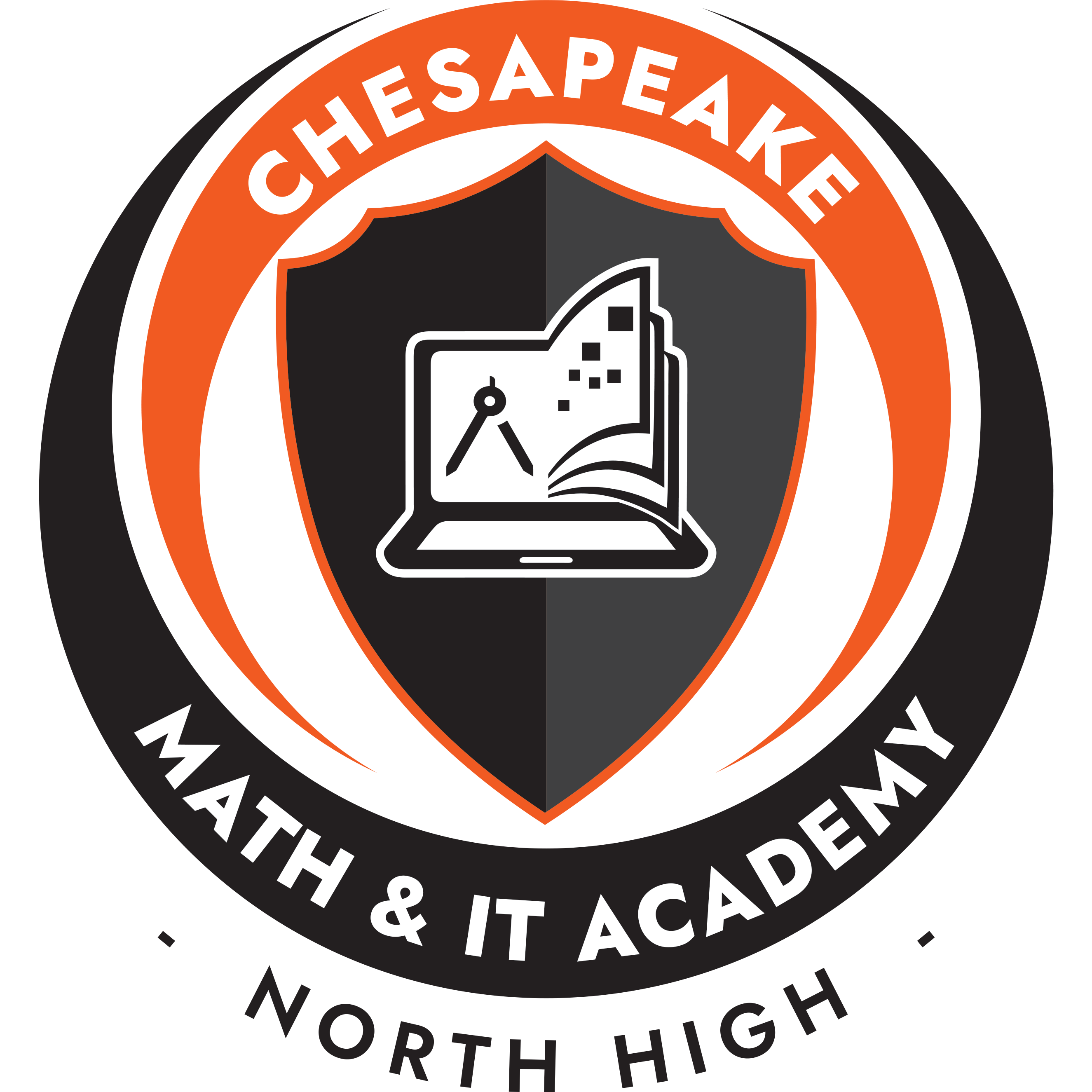Financial Aid
Introduction to Financial Aid
Counselor Cafe Intro to College Financial Aid
This presentation is meant for 9th through 11th grade students as an introduction to the topic. Download the PowerPoint to your computer for the Audio of the presentation!
College Summit 12 Intro to College Financial Aid
This presentation is from our Introduction to College Financial Aid lesson in College Summit 12!
Types of Financial Aid
There are many types of financial aid to help pay for college. These different types include grants, scholarships, Federal Work Study, Federal and Private Loans. Please read below for more information about each type of Financial Aid.
Overview of the Financial Aid Process
Grants
Grants are a type of financial aid that generally does not have to be paid back, otherwise known as “free money.” Grants can be provided by the federal government, by your state government, your college, or a private or nonprofit organization. Grants are often considered need-based aid.
Grants Overview by Federal Student Aid
Grants Overview by the U.S. Department of Education
Scholarships
Scholarships are an amount of money that is given to pay for tuition, fees, books, and more. Scholarships do not need to be paid back. Scholarships are typically considered merit-based aid or based on the membership in a variety of identity categories, organizations, accomplishments, and more.
Understanding types of Scholarships
Prince George’s County Scholarships
CMIT Counseling Department Local Scholarship Applications List
There are a number of places that you can search for scholarships. In addition to websites such as RaiseMe, College Greenlight, and Naviance, you can use other websites including FastWeb, Scholarships.com, and Going Merry, among many others!
Federal Work Study
Federal Work Study is an employment opportunity that is offered to students who need additional financial assistance, therefore, Federal Work Study is considered need-based aid. Typical places of employment include the college or university office or other position on campus, a federal, state, or local public agency, a private nonprofit organization, or a private for-profit organization.
What is Federal Work Study? (Video)
Do I qualify for Federal Work Study?
Federal and Private Loans
A loan is money that you are borrowing and must pay additional interest on top of the original money that you borrowed.
Federal Loans are borrowed from the U. S. Department of Education whereas Private Loans are offered by banks or other organizations.
Direct Subsidized Loans versus Direct Unsubsidized Loans
Direct PLUS Loans: https://studentaid.gov/understand-aid/types/loans/plus
Direct Consolidation Loans: https://studentaid.gov/app/launchConsolidation.action
Need Help Budgeting? https://www.youtube.com/watch?v=6Ib-bdko5cE
Loan Calculator: Wondering about how to make decisions about your student loans? Use the Loan Simulator Tool to check out different options for repaying and consolidating loans.
What to Expect: Repaying Student Loans
Need-Based Aid, Merit-Based Aid, and Institutional Aid. What’s the difference?
Need-Based: Students who are eligible for Need-Based aid are eligible based on the assets of income based on the student and student’s family’s income.
Merit-Based: Students who are eligible for Merit-Based aid, have exhibited specific talents in academics, arts, athletics, etc. Their financial situation does not impact their eligibility for Merit-Based aid.
Institutional Aid: Individual colleges/ universities will give this money to incoming students/ current students.
Financial Aid Application Options
FAFSA
What is FAFSA? The FAFSA is the Free Application for Federal Student Aid which must be filled out to be eligible to receive any financial aid from the federal government. Colleges use the information from the FAFSA, called the Student Aid Report (SAR), to determine what kinds of need-based financial aid options they can offer students. Many scholarships also require that students complete the FAFSA. Often, colleges won’t even develop a financial aid package (including ones with merit-based financial aid) without the FAFSA, so even if your family does not think you would be eligible for need-based aid, it is still STRONGLY recommended that you complete the FAFSA, or you may miss out on financial aid awarded based on your student’s academic or other accomplishments.
FAFSA and FSA ID Tips for Parents
Things you Need Before Filling out 2020-2021 FAFSA
Who is Eligible to complete the FAFSA?
- U.S. Citizen
- Permanent Resident
- Eligible non-citizen
- T Visa holder
Determining your Dependency Status
FAFSA Form and FSA ID Tips for Parents
What is the Federal Pell Grant? The federal Pell Grant is provided to students in serious need of financial assistance. Students are only eligible for this grant if they are determined as eligible through their FAFSA. This grant does not need to be repaid, unless you withdrew early from the program that it was given to you for, you changed your enrollment status (full-time to part-time), you reduced your need for the grant due to other scholarships or you received a TEACH grant and did not meet the requirements. The amount that the Federal Pell Grant gives each year varies. The maximum Federal Pell Grant award is $6,345 for the 2020–21 term.
MSFAA
The MSFAA is an alternative to the FAFSA and is used by applicants in Maryland who are ineligible to receive federal aid using the FAFSA. Qualified children of undocumented immigrants or students who meet the non-resident exemption would be eligible to complete the MSFAA instead of the FAFSA.
There are many colleges right here in Maryland that offer financial aid support to undocumented students. Here are a few!
Shady Grove: Undocumented Students Aid
Towson: Uncdocumented Students Info
UMBC: Undocumented Students Aid
CSS Profile Overview
Applying to Financial Aid with CSS Profile
Maryland State Aid Programs
Grants, Scholarships and Aid Options
State Financial Assistance Programs & Applications
Need-Based Grants
- Guaranteed Access Grant
- Educational Assistance Grant
- Campus-Based Educational Assistance Grant
- Part-Time Grant
- Maryland Community College Promise Scholarship
Legislative Scholarships
How to Read your Financial Aid Award Letter
A financial aid award letter contains all of the financial aid offers from your college or university. This letter may contain grants, scholarships, loans, a Federal Work Study offer, and more. This letter may be sent electronically through your email or on a college/university portal, or it may be sent through the mail. Typically colleges do not generate a financial aid letter until after you have been accepted to their school.
How to Read your Financial Aid Award
Examples of Different Financial Award Letters
Financial Aid Calculator:
Wondering how your financial aid offers compare to one another? Use the Financial Comparison Worksheet to see the differences!
RaiseMe Microscholarship Program
What are RaiseMe Micro Scholarships? With over 330+ college partners, you can add your course grades, clubs, sports, volunteer activities, and more to a portfolio. With each added achievement, you can be awarded scholarships, which will be added if you attend the college!
- Add your Achievements
- Earn Scholarships
- Discover Colleges
All about RaiseMe Presentation
Raise Me Micro Scholarships Website
Other Webinars
Princeton Review Webinars: Some webinars include “Colleges that Pay You Back,” “Financial Aid 101,” “Everything You Need to Know about Financial Aid”
Federal Student Aid Webinars: Some webinars include “Responsible Borrowing, “ “Budgeting,” “The Financial Aid Process,” “Types of Federal Student Aid,” “How to Create Your FSA ID,” “How to Fill Out the FAFSA,” “How to Manage Your Student Loans”



